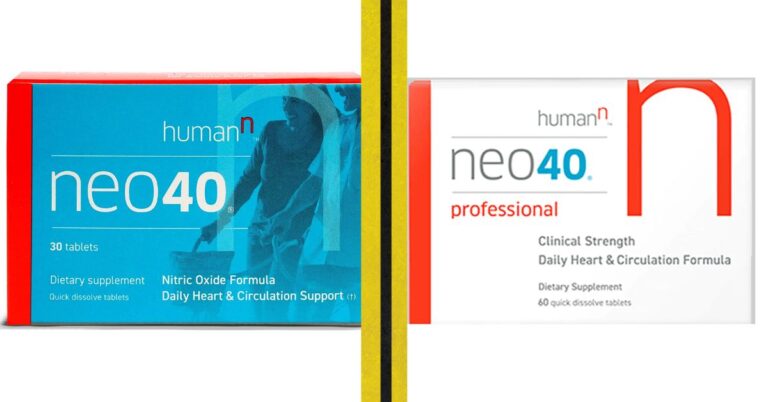Introduction
Everyone has experienced some gastric issues at some point in their lives. While many people experience gas in the form of mild symptoms of bloating with pain in the abdominal area, some experience worsened symptoms of stomach ulcers and heightened stomach pain. Chronic situations further worsen the discomfort with secondary symptoms of insomnia, lethargy and inability to efficiently conduct daily activities.
Medications are the primary source of symptomatic relief in these conditions, enabling patients to obtain symptomatic relief and a better quality of life. Of the numerous medications available for gastric issues, Prilosec and Nexium are the most talked about because of their efficiency and faster relief than other medications. Often confused to be the same, they are two different medications with different action routes, characteristics and overall efficiency.
A brief idea about Prilosec and Nexium will make understanding them easier.
What is Prilosec
Prilosec was invented in 1979 at AstraZeneca Lab in Gothenburg, Sweden and is currently on the WHO list of essential medicines. Regarded as one of the most sought-after medications for gastronomical conditions, the founders of Prilosec claim that it has a unique three-layer formulation that makes it better than other omeprazole derivatives.
Prilosec is the brand name of Omeprazole that belongs to a class of medications called proton pump inhibitors. Proton pump inhibitors are medications that reduce the amount of acid the stomach produces to provide comfort and long-lasting relief. Prilosec is used to treat GERD, peptic ulcer disease and Zollinger-Ellison Syndrome.
Initially hailed as a revolutionary medication in terms of improved potency, Prilosec quickly overrode pre-existing drugs like Zantac and other Ranitidine derivatives after its introduction in the market. The specialty of Prilosec lies in its overall structure and arrangement of protective layers.
Each purple capsule of Prilosec contains 100 3-layered pellets. The innermost layer contains the drug mixed with an alkaline stabilizer. The outer two layers are designed to withstand the harsh stomach environment and protect the drug-containing layer from getting degraded before its onset.
Unfortunately, Prilosec use comes with its set of adverse reactions to mar its therapeutic effects. Apart from the common side effects like nausea and headaches, long-term use of Omeprazole, the active ingredient in Prilosec, has been said to increase the risk of gut infections and bone fractures with a decrease in magnesium levels.
FDA has further warned about overusing the medication as it can cause kidney damage. Studies about Omeprazole and other protein pump inhibitor users over five years have found kidney injury and damage, consequently involving the medication in various lawsuits regarding its adverse effects. Overall the need for a safer option brings us to Nexium, which has a different mechanism of action with safer usage.
What is Nexium
Nexium is the brand name of Esomeprazole used to treat conditions related to stomach acid. Esomeprazole, the active ingredient of Nexium and Omeprazole, the active ingredient of Prilosec, are similar drugs with minor differences in their structural mechanism. Prilosec contains two isomers of Omeprazole isomer, while Nexium contains only one.
The difference in isomers results in Nexium being processed slower and staying effective for a more extended time. Additionally, its structural isomers ensure that Nexium produces faster results than Prilosec. Most importantly, it is broken down differently, making the adverse reactions slightly less intense.
In a comparative study of Omeprazole, Esomeprazole, pantoprazole and lansoprazole, Esomeprazole was found to be most effective in rapid relief of heartburn conditions and acid reflux symptoms in patients with acid oesophagitis. Further studies have even proved that at a maintenance dose of 20mg, Esomeprazole can be used in chronic GERD patients who initially responded to the medication with durable symptom control and sustained reduction in intraesophageal acid exposure.
But other studies have failed to find any significant difference between the two. In addition, Nexium is more expensive than Prilosec and does not have over-the-counter availability, making it less accessible than Prilosec.
Below is a tabular form of the difference between Prilosec and Nexium for simplicity.
Difference

| Characteristics | Prilosec | Nexium |
| uses | Acid reflux, gastric ulcers | Heartburn, difficulty swallowing, persistent cough |
| Active ingredients | omeprazole | esomeprazole |
| Isomers | 2 stereo- isomers, R-omeprazole & S-omeprazole | 1 stereo-isomer, S-omeprazole |
| Onset period | 1 hour | Less than one hour |
| effectiveness | Up to 72 hours | 24 hours |
| form | capsule | tablet, capsule & liquid |
| longevity | Variable on type | 1-4 days for full effect |
| Availability | Delayed-release capsules, delayed-release oral suspension | Delayed-release capsules and delayed-release granules |
| Half-life | One hour | One hour- one and a half hours |
| bioavailability | 30%-40% | 64%-90% |
| cost | Cost-effective | expensive |
| Prescription status | Otc version can be availed without prescription | Strictly prescription |
| Use in Pregnancy | unsafe | safe |
Conclusion
Gastrointestinal disorders have a much more profound impact on the lives of individuals than what people commonly assume them to have. It is as essential to take early treatment measures to stay safe and prevent any risk of gastric-induced complications as to ensure that you stay safe through judicious use of the correct medication.
Nexium has a safer profile than Prilosec because of its isomer properties. 40 mg of Esomeprazole( Nexium) can provide more effective acid control than twice the standard dose of Omeprazole ( Prilosec ). But you can only use Nexium for 14 days and repeat the regimen every four months. Additionally, Nexium is much more expensive than Prilosec and unavailable in over-the-counter form. Overall it is essential to take the physician’s advice regarding the correct medication suitable for your condition and follow their directions regarding the dose to be safe from untoward complications.







